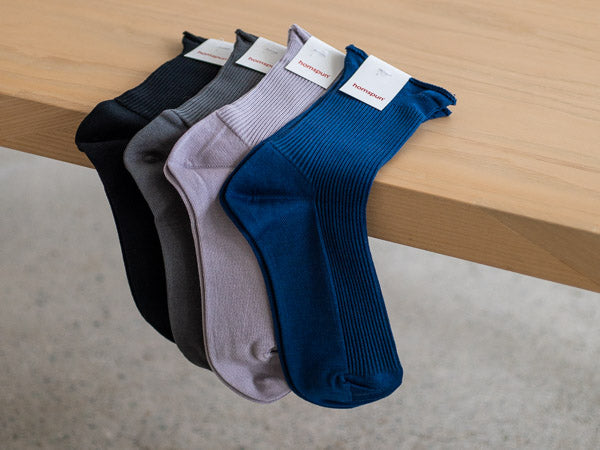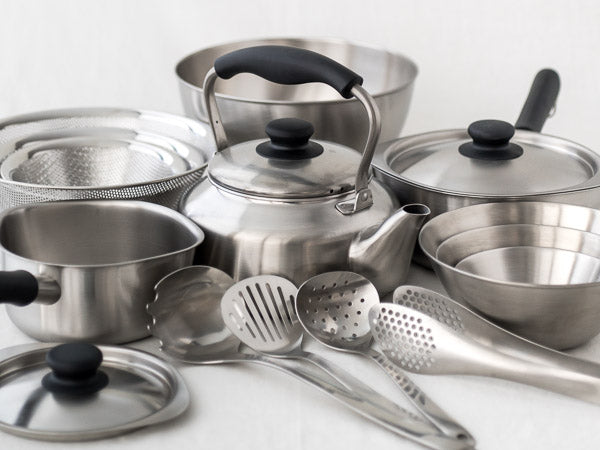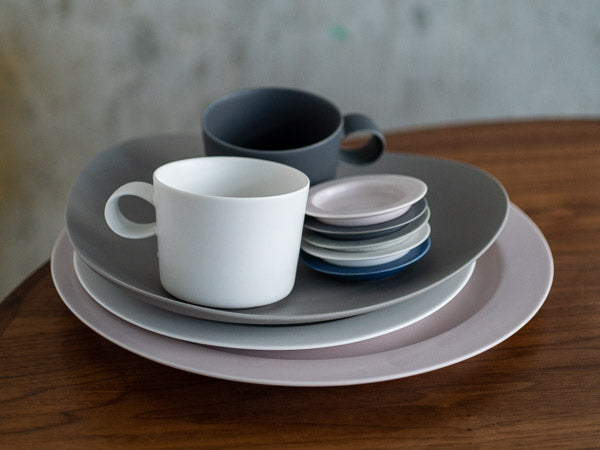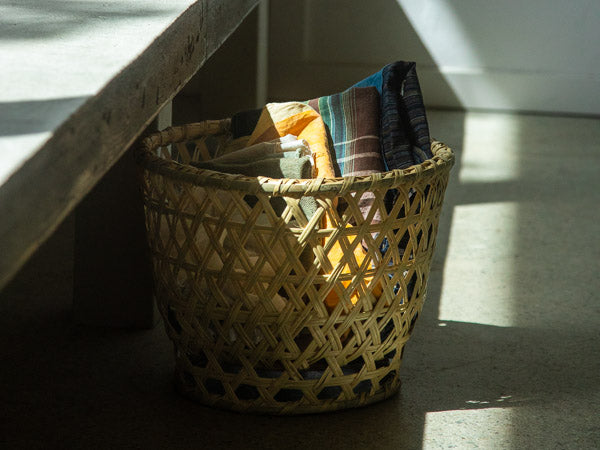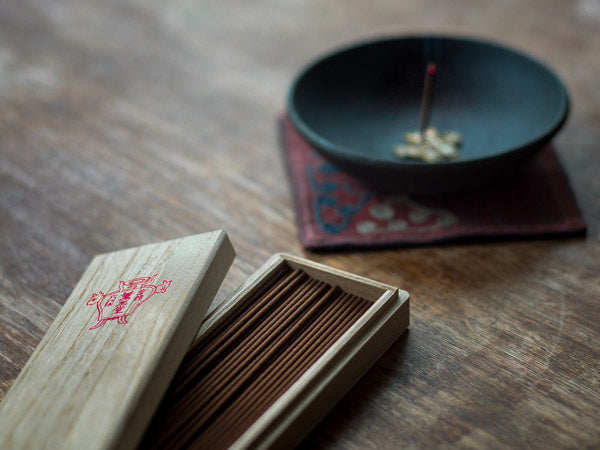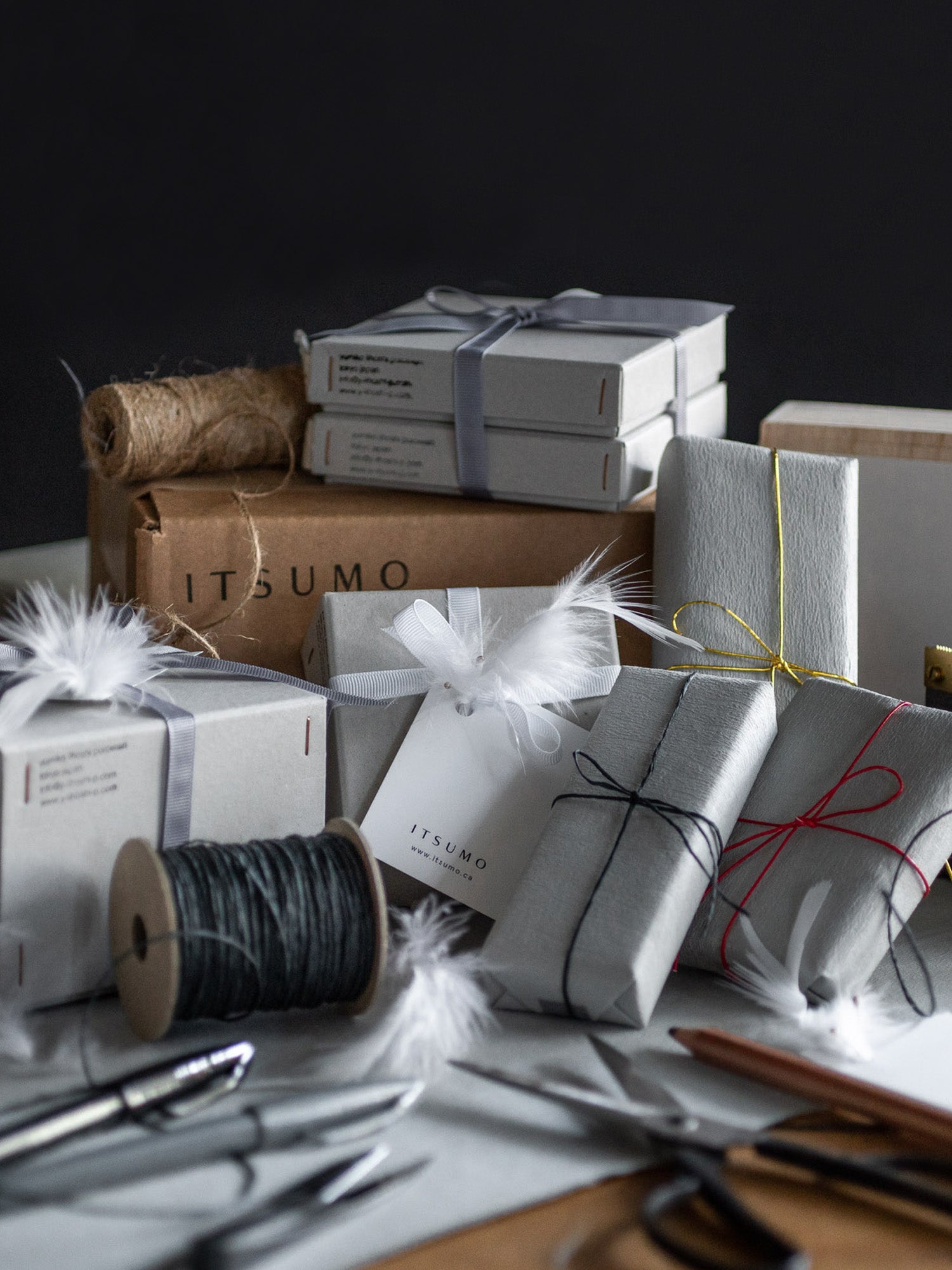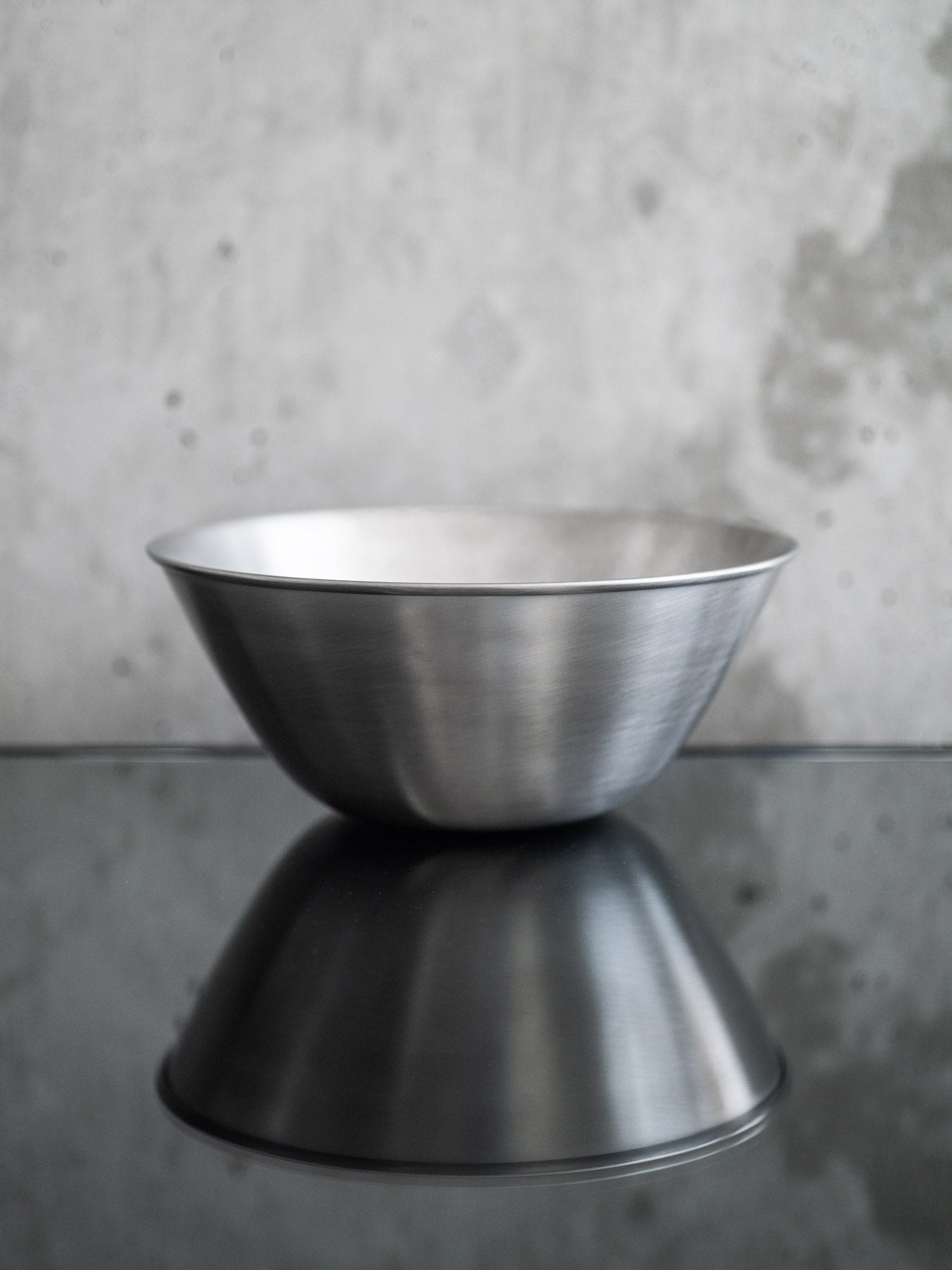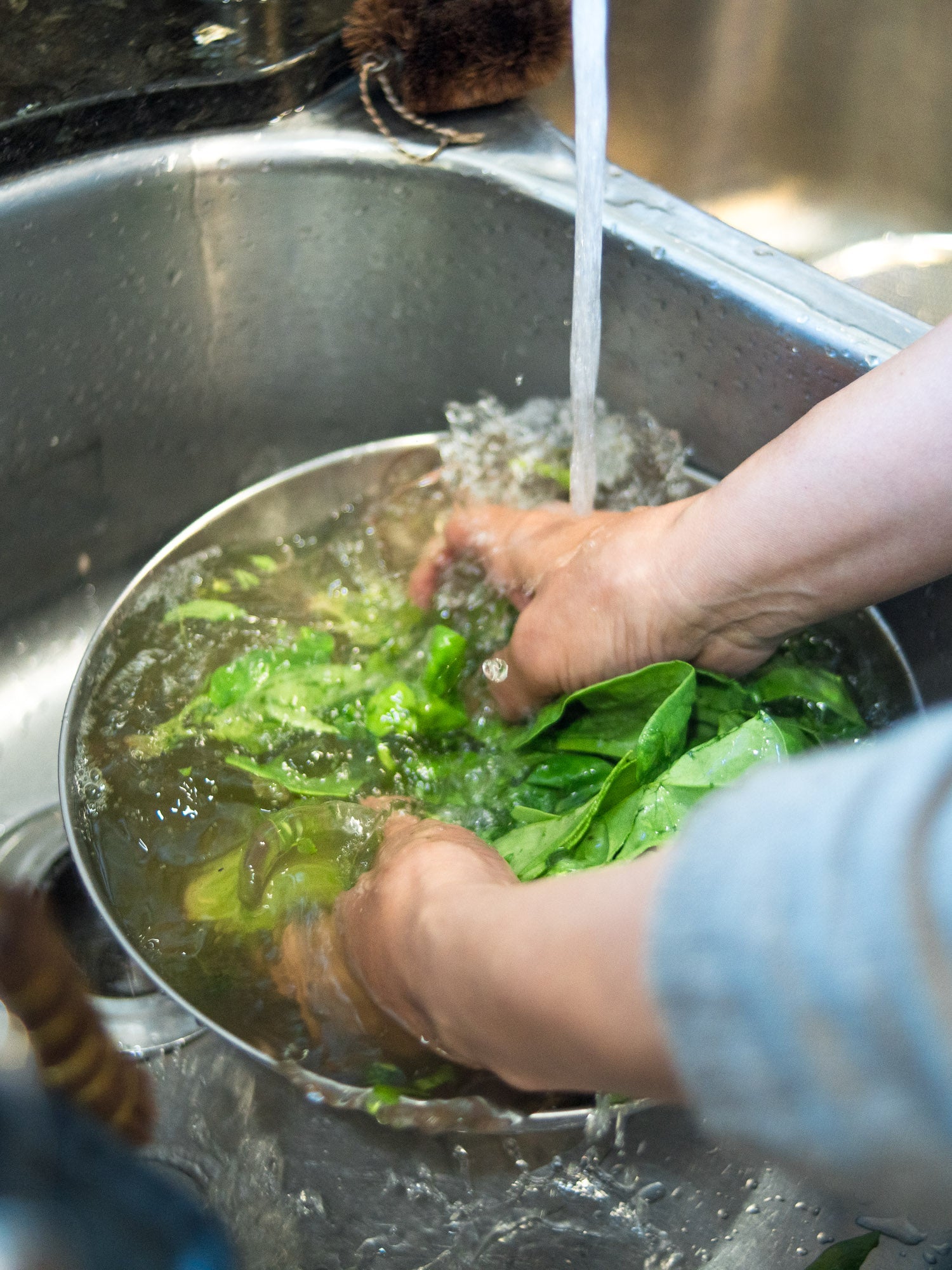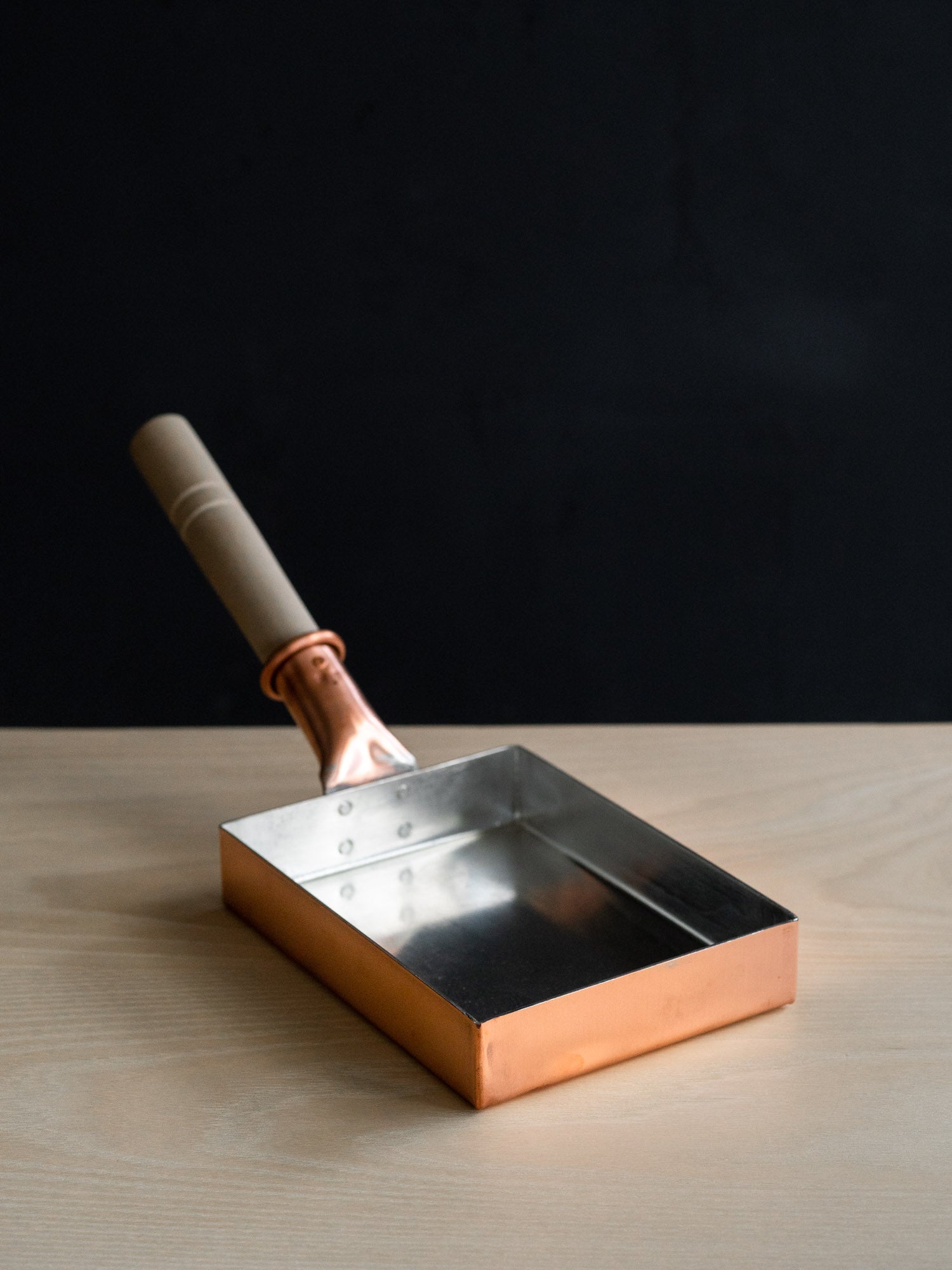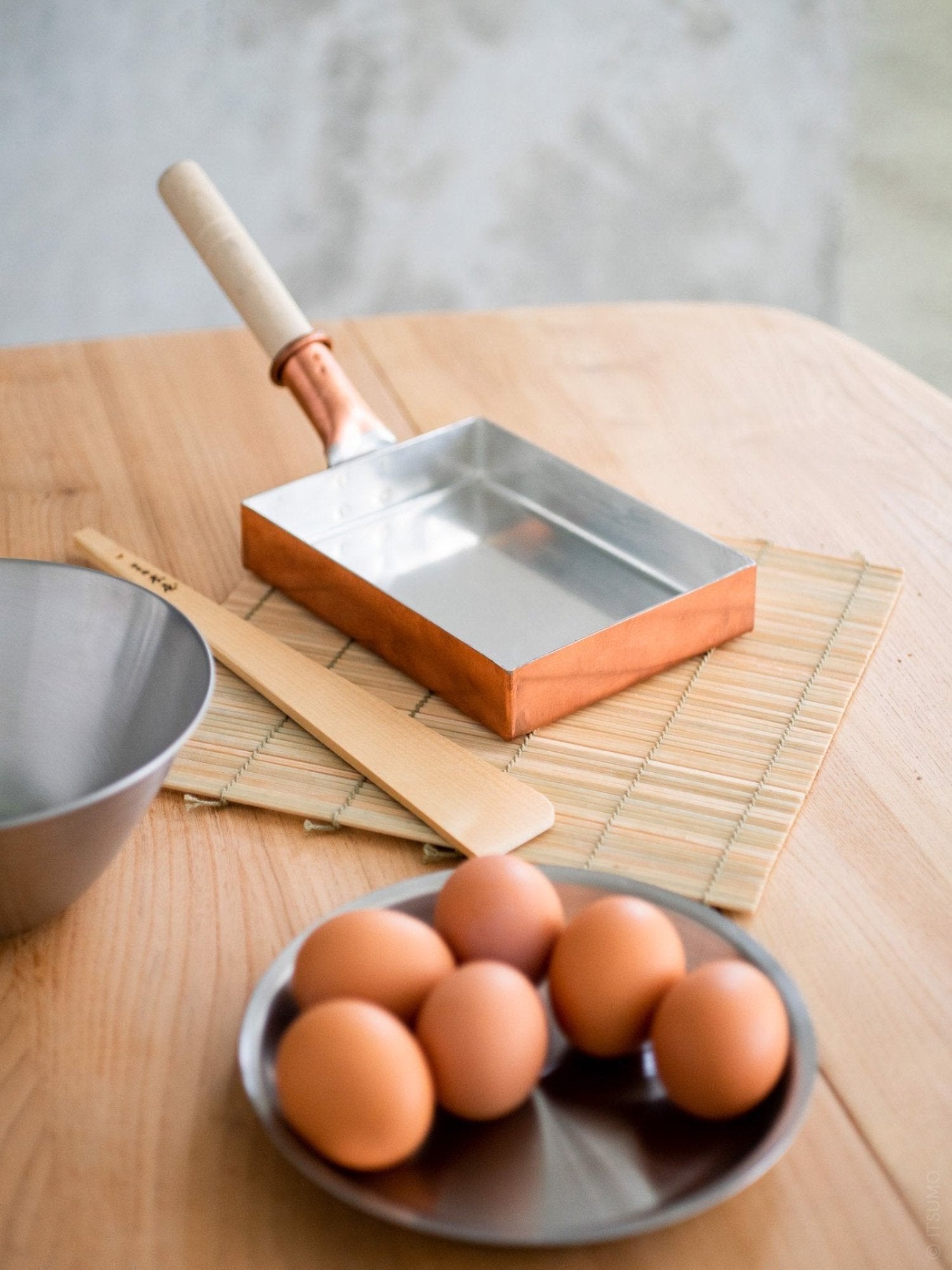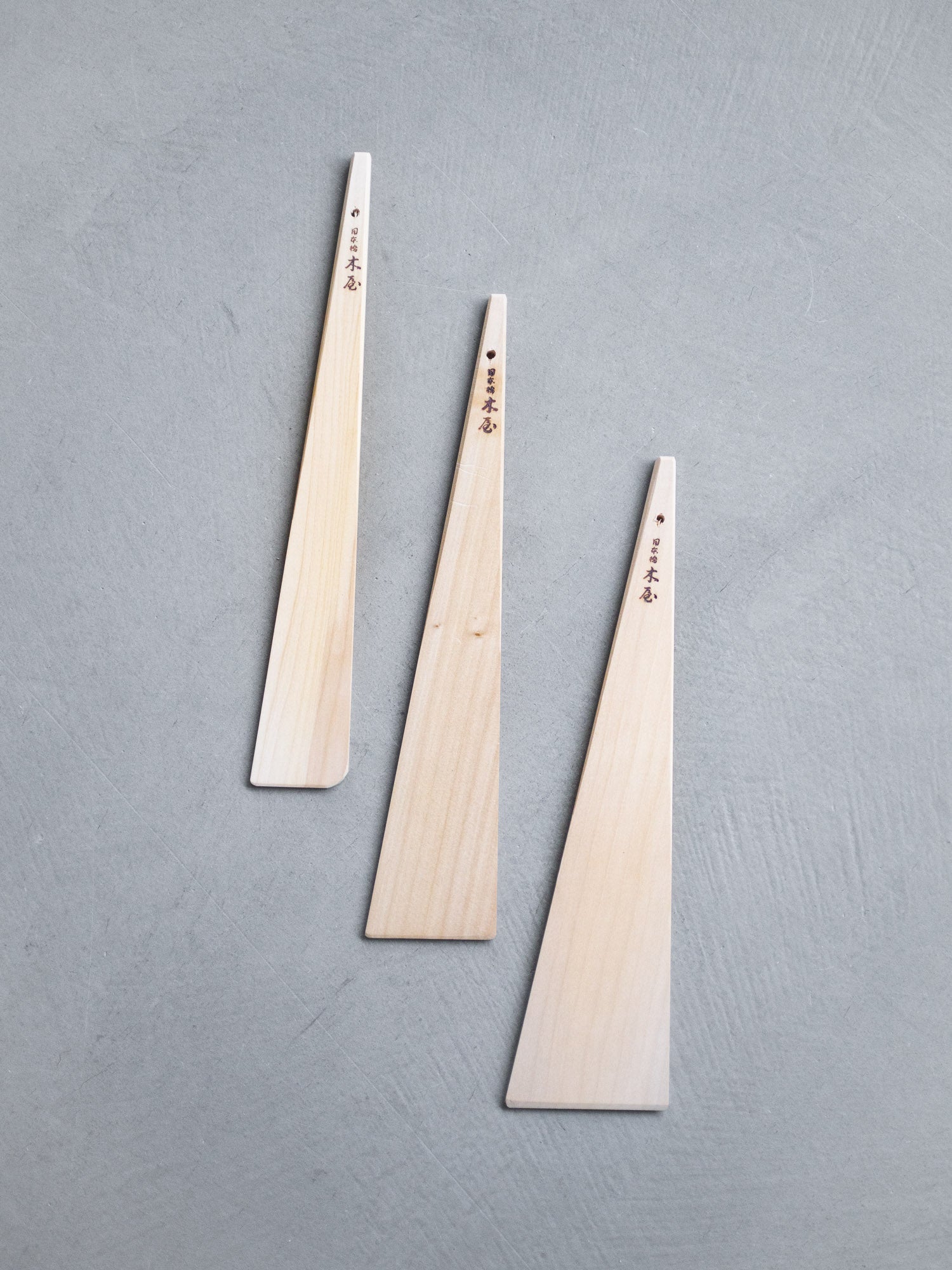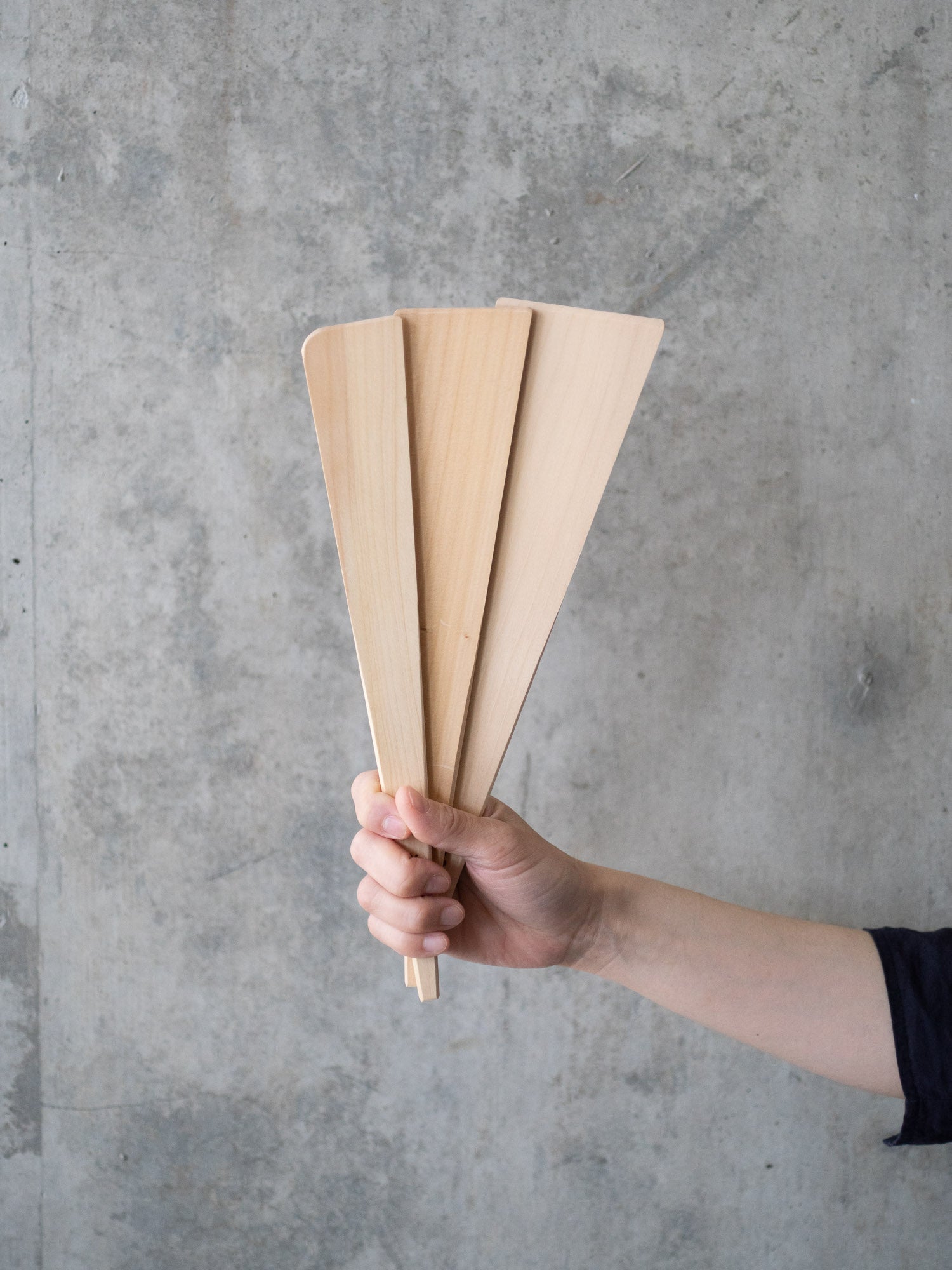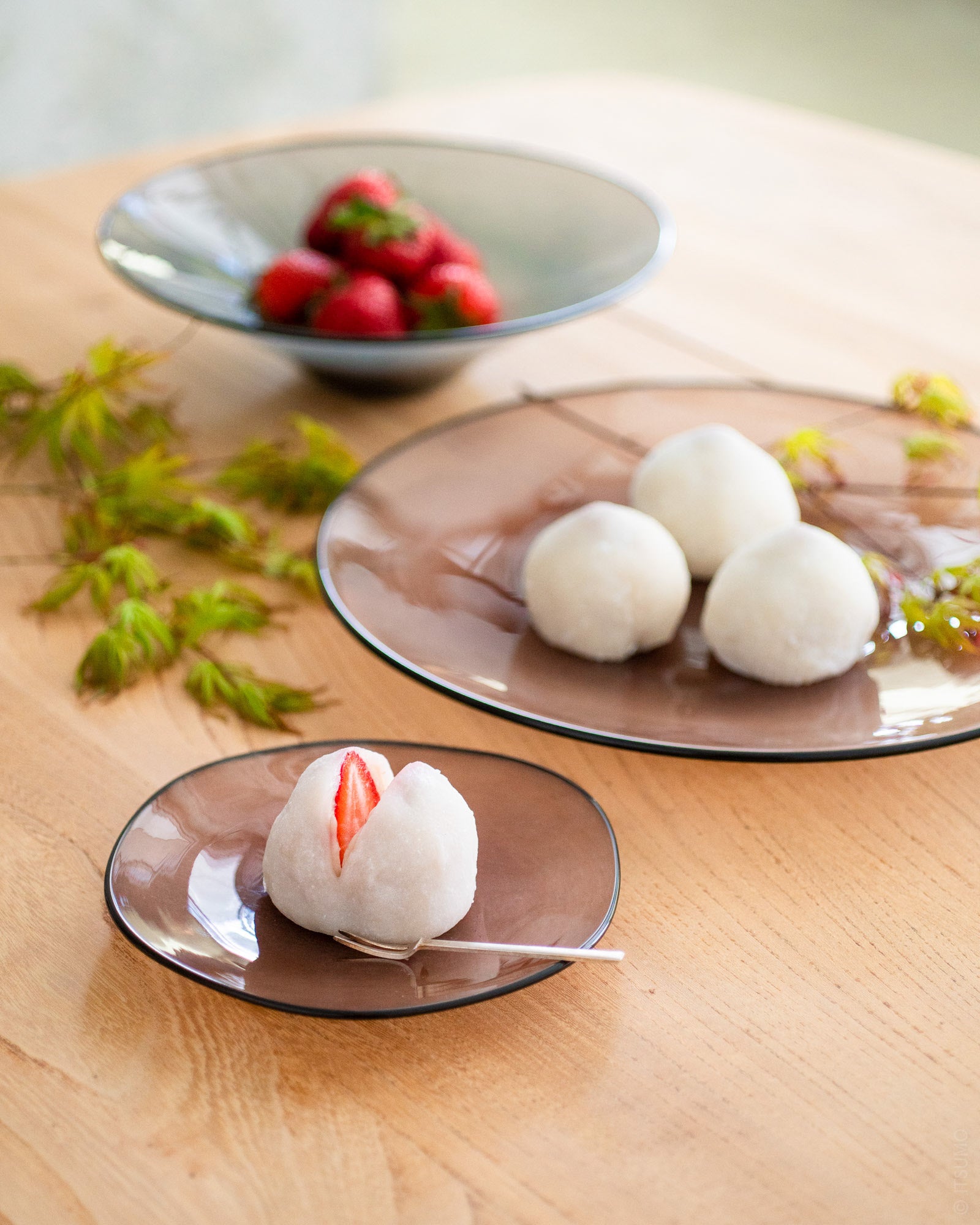June 6 – 芒種 Bōushu

Welcome to the series of posts made in collaboration with Kintoki sweets and ITSUMO Life exploring Japanese culture and seasonal observations.
Today we are going to explore 芒種 Bōushu, the 9th micro season in the 二十四節季 24 Sekki solar calendar.
芒種 Bōushu directly translates to “awn-types” and grains with awns (the little bristly bits on the tops of cereals and grains like wheat, rice and barley) would be sown in the ground by Bōushu and prepared for the rainy season. It’s interesting that in Japan the rainy season (called tsuyu 梅雨) corresponds with our famous Vancouver “Junerary” rains.
Even when the weather is not that cold anymore there is something comforting about making a warm dish to enjoy on a rainy day such as a tamago-yaki, a rolled Japanese-style omelette. Sen @kintokisweets kindly served us her homemade delicious tamago-yaki on a rustic Iga round plate. The colour of tamago appears beautifully on the clean white “shino” glaze.


The tamagoi-yaki’s rectangular shape is achieved by using a special square-shaped copper frying pan. The copper’s amazing thermal conductivity creates an even temperature right up the sides of the pan, making a fluffy omelette perfectly, shaped to slice into bite-size pieces and ready for sharing.
The traditional copper Tamago pan featured here is available at ITSUMO, all made by skilled craftsmen in Japan. Durable, made to last, these pans are not just limited to cooking eggs. Spring vegetables such as asparagus, young zucchinis, etc., already starting to fill up at our local farmer’s market, will also be cooked using this copper tamago pan easily. The more you use the pan, the easier and better it gets to handle. Enjoy seasonal dishes with your own style of tamago-yaki!
Until our next exploration,
ITSUMO & Kintoki Sweets

